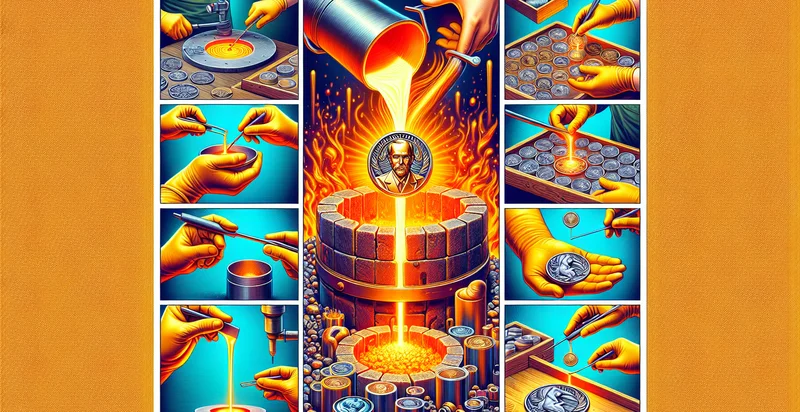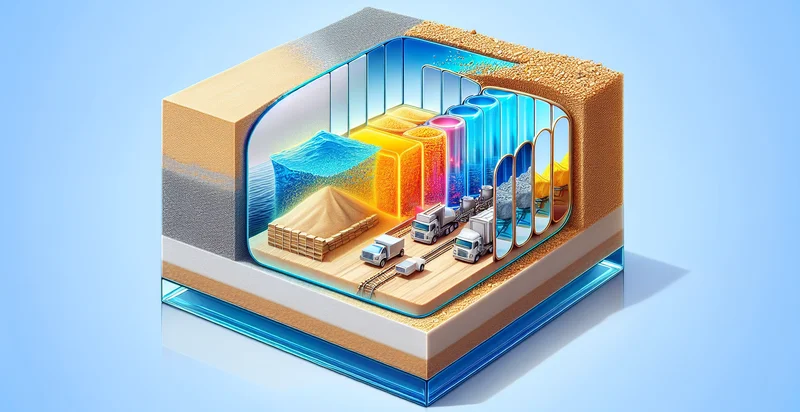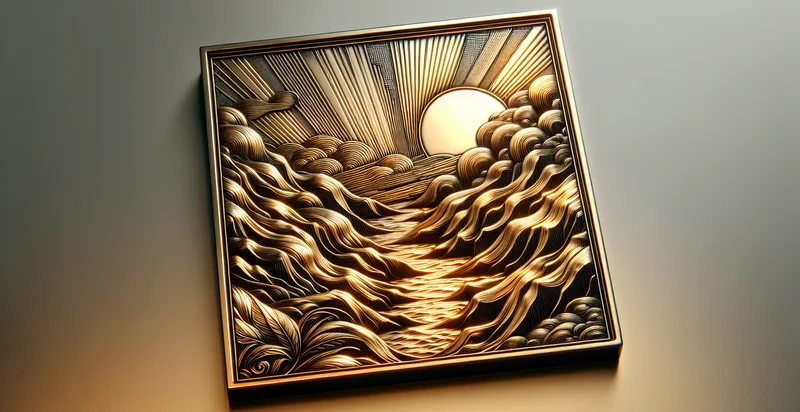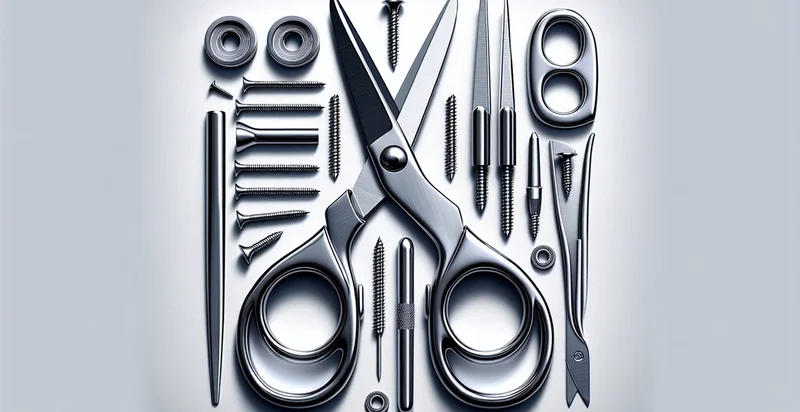Identify what material a medal is made from
using AI
Below is a free classifier to identify what material a medal is made from. Just upload your image, and our AI will predict what material a medal is made from - in just seconds.

Contact us for API access
Or, use Nyckel to build highly-accurate custom classifiers in just minutes. No PhD required.
Get started
import nyckel
credentials = nyckel.Credentials("YOUR_CLIENT_ID", "YOUR_CLIENT_SECRET")
nyckel.invoke("what-material-a-medal-is-made-from", "your_image_url", credentials)
fetch('https://www.nyckel.com/v1/functions/what-material-a-medal-is-made-from/invoke', {
method: 'POST',
headers: {
'Authorization': 'Bearer ' + 'YOUR_BEARER_TOKEN',
'Content-Type': 'application/json',
},
body: JSON.stringify(
{"data": "your_image_url"}
)
})
.then(response => response.json())
.then(data => console.log(data));
curl -X POST \
-H "Content-Type: application/json" \
-H "Authorization: Bearer YOUR_BEARER_TOKEN" \
-d '{"data": "your_image_url"}' \
https://www.nyckel.com/v1/functions/what-material-a-medal-is-made-from/invoke
How this classifier works
To start, upload your image. Our AI tool will then predict what material a medal is made from.
This pretrained image model uses a Nyckel-created dataset and has 20 labels, including Aluminum, Brass, Bronze, Ceramic, Copper, Enamel, Gemstone, Glass, Gold and Metal.
We'll also show a confidence score (the higher the number, the more confident the AI model is around what material a medal is made from).
Whether you're just curious or building what material a medal is made from detection into your application, we hope our classifier proves helpful.
Related Classifiers
Need to identify what material a medal is made from at scale?
Get API or Zapier access to this classifier for free. It's perfect for:
- Medal Authenticity Verification: This function can be employed by collectors and appraisers to verify the material composition of medals, ensuring their authenticity. By confirming if a medal is made of the stated material, it helps prevent fraud in valuable collections.
- Quality Control in Manufacturing: Manufacturers of medals can use this classification function as part of their quality control process to ensure that the correct materials are used in production. This can help minimize material defects and maintain brand reputation for quality.
- Recycling and Materials Recovery: Recycling facilities can implement this function to identify the materials in medals, enabling efficient sorting and processing of metal types for recycling. Understanding the material composition enhances recovery rates and optimizes resource management.
- Historical Research: Researchers and historians can utilize this technology to analyze medals from different historical periods, gaining insights into the materials used and their significance. Such information enriches historical narratives and contributes to educational initiatives.
- Event Management and Awards: Event organizers can apply this function to ensure that medals for competitions are made from predetermined materials, contributing to cost control and event branding. This ensures consistency in the quality and presentation of awards across events.
- Consumer Education: Retailers or online platforms selling medals can leverage this function to provide consumers with detailed information about the materials used in their products. This transparency can help build trust and improve customer satisfaction.
- Custom Medal Design Services: Custom medal designers can use this classification function to offer clients specific material options based on their preferences and intended uses. This enhances the personalization of awards while ensuring that the final product meets desired criteria for durability and aesthetics.


